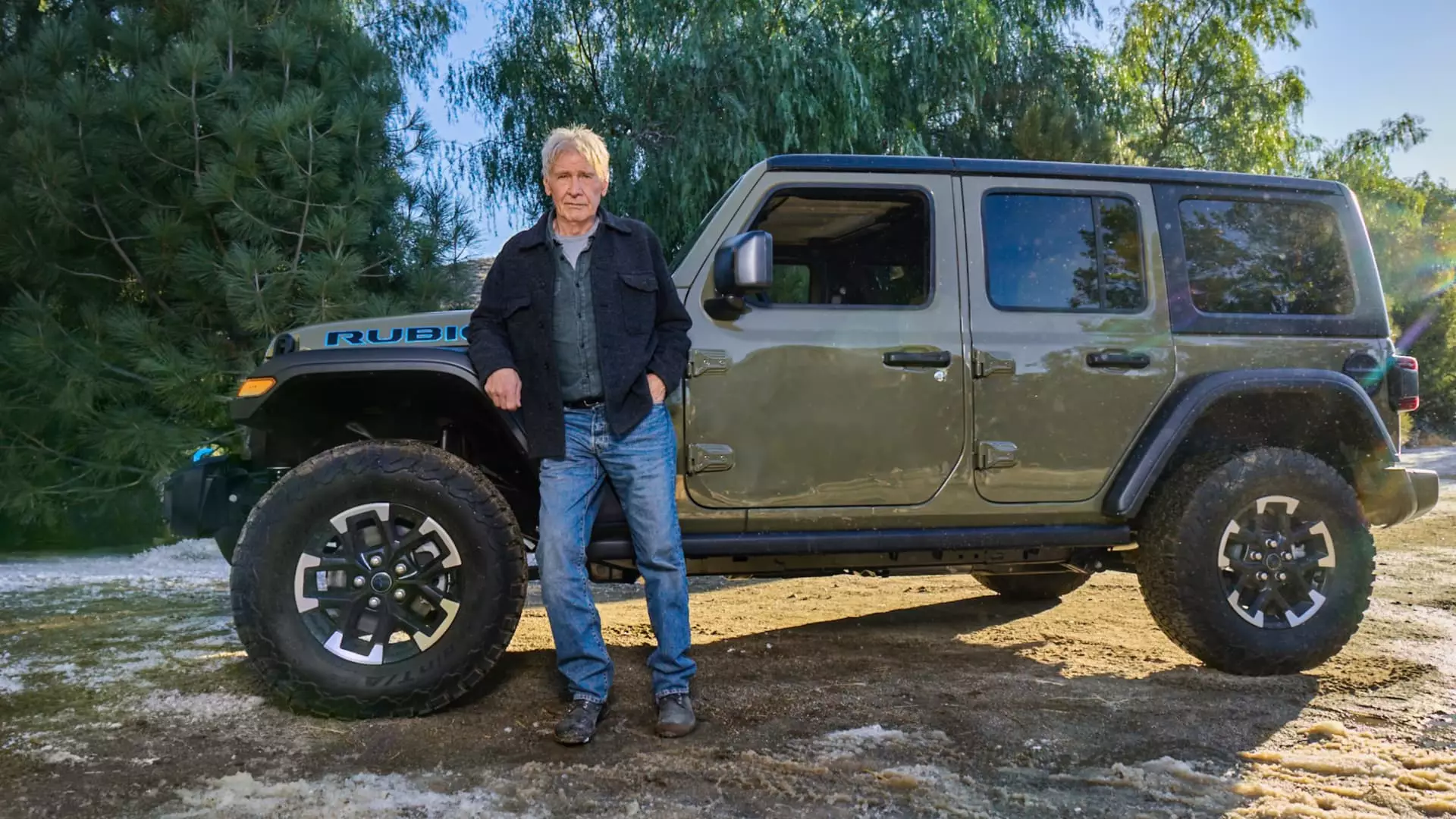In a world increasingly characterized by economic uncertainty and a rapidly evolving automotive landscape, Stellantis has emerged as a frontrunner in a notably brave move—advertising during Super Bowl 59. As the first and only automotive company to step onto this grand stage this year, Stellantis, the parent group of iconic car brands like Ram and Jeep, is making waves not just for its products, but for its approach to marketing. The decision to return to the Super Bowl is a testament to Stellantis’s determination to demonstrate its commitment to the U.S. market and to re-establish its relevance amidst changing dynamics.
The decision to air a Super Bowl commercial was precipitated by a turbulent period for Stellantis, marked by the sudden departure of CEO Carlos Tavares and a general hesitance among many automakers to invest in high-stakes advertising during a time rife with challenges. According to Chief Marketing Officer Olivier Francois, the driving force behind this bold move was Stellantis Chairman John Elkann’s vision for a resolute comeback for the automaker, signaling a renewed commitment to the U.S. market. Rather than succumbing to the prevailing pessimism, Elkann’s directive proved pivotal, allowing Stellantis to reclaim its narrative and once again highlight the American spirit within their brand.
Francois recalled Elkann’s motivational call in December, where he articulated the need to convey a comeback story reminiscent of the company’s early days post-bankruptcy, emphasizing the importance of America to Stellantis’s identity. “It’s about expressing that comeback story,” he reflected. This spirit of resilience echoed throughout the Super Bowl ad campaign, resonating deeply with viewers and embodying the essence of hope and determination.
Stellantis’s advertising strategy has consistently taken a nontraditional path, opting for impactful storytelling over conventional sell-through ads. Since its rebranding in 2021, the company has relied on powerful narratives and famous personalities to convey messages that transcend mere vehicle promotion. Previous campaigns featured celebrated icons such as Eminem and Clint Eastwood using the backdrop of Detroit to signify personal and collective revival.
This year, Stellantis took a different route with a mix of humor and heart. The Jeep ad featured Hollywood icon Harrison Ford, who brought a fresh yet nostalgic perspective to the campaign. The commercial leveraged the relatable concept of life without a prescribed “Owner’s Manual,” encouraging viewers to chart their own paths and choices—a genuine reflection of the company’s ethos. Meanwhile, the Ram Trucks ad employed comedic elements à la “Goldilocks and the Three Bears,” which, although traditional in format, still aligned with Stellantis’s overarching narrative strategy.
These ads not only showcased Stellantis’s commitment to its heritage but also acknowledged the shifting landscape of automotive consumer preferences. Amid the spotlight on electric vehicles, Francois ensured that the ads embraced all facets of the Stellantis lineup, including internal combustion engine vehicles, rather than becoming ensnared in a singular narrative of electric vehicles.
It’s fascinating to juxtapose Stellantis’s bold stance against the broader context of the automotive industry. Many automakers shied away from the Super Bowl, potentially overwhelmed by uncertainties tied to electric vehicle production and past disappointments in advertising returns. Francois noted that prior excitement around electric vehicles often led to disappointed expectations as many concepts remained unrealized. This dynamic left competitors floundering as they attempted to navigate the tumultuous waters of an evolving market without clear direction.
In contrast, Stellantis’s decision to diversify its messaging—featuring a blend of electric and traditional vehicles—demonstrates a comprehensive understanding of current consumer sentiments. By emphasizing diversity in its advertising approach while embracing a strong narrative identity, Stellantis not only positions itself as a thoughtful player in the automotive sector but also lays the groundwork for sustained relevance.
As Stellantis embarks on this bold advertising campaign amid market uncertainties, its choice to return to Super Bowl advertising reflects a calculated risk that could yield significant rewards. By cleverly blending humor, cultural commentary, and timeless themes of individuality and resilience, Stellantis has crafted an impactful narrative that resonates with viewers and potential consumers alike.
This renewed commitment to the U.S. market through striking visuals and poignant storytelling may well signify a transformative chapter for Stellantis, enabling the automaker to strengthen its brand identity and reconnect with its core audience. In the ever-competitive automotive landscape, Stellantis offers a case study in navigating challenges through creativity and courage, establishing a new blueprint for marketing in uncertain times.


Leave a Reply